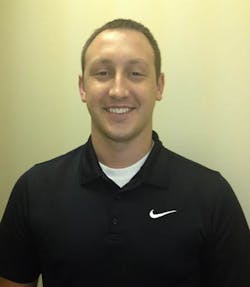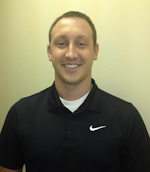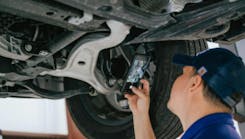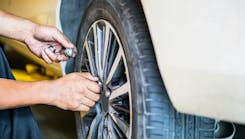Ask the Expert: What’s the best type of nitrogen generator for an automotive service facility/tire shop: PSA or membrane?
Q: What's the best type of nitrogen generator for an automotive service facility/tire shop: PSA or membrane?
A: First, some clarification: Nitrogen generators are actually not "generators" at all, as they do not "generate" nitrogen, but rather separate it from a pressurized air source. Nitrogen generators use one of two technologies to separate nitrogen and oxygen: membrane or pressure swing adsorption (or, PSA).
Membrane nitrogen generators utilize a separation "membrane" to make nitrogen. The process involves a series of hollow fibers that have holes in their walls. Essentially, compressed air is forced through these hollow fibers. Because oxygen molecules are much smaller than nitrogen molecules, the oxygen is pushed through the membrane material and exhausted, while the larger nitrogen molecules are retained and stored in a reserve tank. While membrane units are extremely simple in design, they are also less efficient, highly taxing to a shop's air system, require a storage tank and are typically much larger in size. Most importantly, separation membranes are not serviceable and are very expensive. Hence, should one fail, and they do fail as they are very fragile, finicky and highly susceptible to failure from water, oil or particulate contamination, they must be replaced… at a cost that typically represents about 80 percent of a membrane generator's cost.
PSA units, on the other hand, utilize a series of carbon molecular sieve towers, as opposed to separation membranes, to produce nitrogen. While marginally more complex than a membrane system, PSA systems are typically more compact. PSA systems also require less inlet air to run, and because they are more efficient and make nitrogen quicker, they typically do not require the addition of a storage tank. Further, as PSA systems rely on carbon for gas separation, which is very durable, hearty and tolerant to contaminates, they typically do not require the addition of a refrigerated air dryer…a must for membrane systems…or exotic filtration. While the life of the average membrane system in the tire and automotive service sector may be five to seven years, assuming it is powered by very clean and dry inlet air, a comparable PSA system may provide over 20 years of service, and without the strict inlet air quality requirements. Furthermore, should a sieve tower fail, the cost runs a few hundred dollars, as opposed to thousands of dollars for a replacement membrane.
While not the case in all industries, given the air quality concerns, membrane fragility and other disadvantages unique to a shop environment, in the automotive industry, PSA seems to be by far the best bet.
Information provided by: Dan Brancaccio, National Sales Manager NitroFill, LLC



